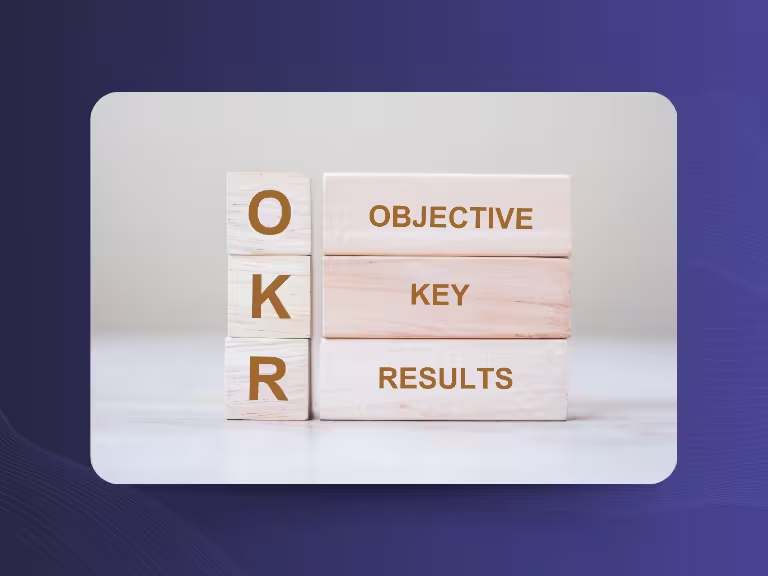The terms sales and marketing are often used interchangeably, which can lead to confusion - especially since the two are closely connected. However, sales and marketing are distinct disciplines, each with its own set of goals and responsibilities. In this blog post, we’ll break down the key differences and explain why it’s essential for businesses to understand both.
The Core Difference
Sales is focused on directly selling products or services to customers. Marketing, on the other hand, aims to attract attention and generate interest in a product or service. In other words, sales is a part of the broader marketing process—but marketing encompasses far more than just closing deals.
Sales Is About Personal Contact, Marketing Is About Reach
Another major difference lies in the level of personal interaction. Sales is typically driven by one-on-one engagement, sales representatives work directly with customers, offering advice and closing deals. Marketing, by contrast, is more about reaching larger audiences through mass media, such as online advertising, print, and social media campaigns.
Short-Term vs. Long-Term Focus
Sales tends to focus on short-term results. Sales teams often work with targets and quotas that must be achieved within a specific period. Marketing takes a longer-term approach, aiming to build brand awareness, shape public perception, and nurture lasting customer relationships over time.
Broader Scope of Marketing
Marketing involves a wider range of activities compared to sales. It includes market research, strategy development, branding, and campaign planning, while sales is more narrowly focused on customer interactions and deal closing.
Conclusion
It’s crucial for businesses to recognize that sales and marketing serve different but complementary functions. While sales is tasked with closing deals, marketing lays the groundwork by generating interest and guiding potential customers toward a purchase.
Success comes from aligning both departments around a shared goal: growing revenue through satisfied customers. By investing in both areas - and understanding their unique roles - companies can create a more powerful, cohesive strategy for long-term growth.

Test Meeting Transcription now!
We'll help you set everything up - just contact us via the form.
Test NowOr: Arrange a Demo Appointment





